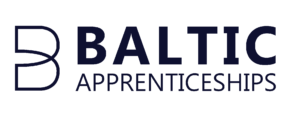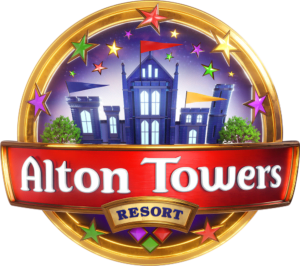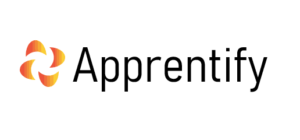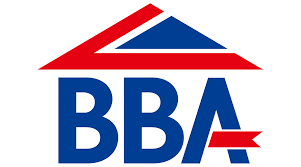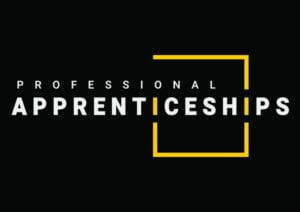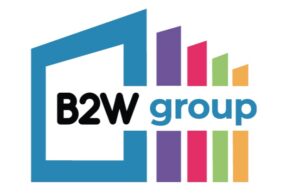Preparing Apprentices for EPA: Projects
This guidance was correct at the time of publication. Please be aware it may no longer reflect current guidance. Please refer to our current support materials for up to date guidance. This can be found on the EPA Pro portal.
Many apprenticeship standards involve a project as part of the end point assessment (EPA), including HR Consultant and Partner, HR Support, Business Administrator, Digital Marketer, Marketing Assistant, Marketing Executive and Marketing Manager.
Here’s our Training Provider Guide on how to prepare your apprentices for their EPA project.
TIPS FOR PLANNING THE EPA PROJECT
- The key to success is in the planning. Start early and work with your apprentice to find a project that will cover the competencies outlined in the standard’s assessment plan. If you need to create a new opportunity, then do so. Bear in mind the apprentice’s role and employer’s industry when planning the project – these should allow scope to cover all criteria.
- It’s essential to get line manager buy-in. Include the line manager in discussions and decisions and ensure they are happy for the apprentice to carry out the chosen project. It may be necessary to set parameters, such as manager approval of all ideas before they are actioned.
- The project should be a live project (for most standards). This means it should be based on a real business need and should have objectives that will create tangible improvements for the employer organisation.
- Plan a project that has a beginning, middle and end. This way the apprentice will be able to cover the required knowledge, skills and behaviours – including reflecting on project outcomes and their own abilities.
TIPS FOR WRITING THE EPA PROJECT
- Make sure your apprentice demonstrates their knowledge, skills and behaviours. Apprentices often struggle with skills and behaviours when they focus on what they will do (or what their team did), rather than what they did do.
- The Assessor needs to see what skills and behaviours the apprentice demonstrated. They should write in first person, using “I” rather than “we” to show their competencies.
- Apprentices should use the assessment criteria listed in the Assessment Plan as a guide in their write up. They shouldn’t be afraid to use phrases directly from the assessment plan to describe what they have done. For example, if the criteria says “Demonstrates their ability…”, they could mirror this and say “I demonstrated my ability to… by…”
- Remind apprentices that the assessor doesn’t know them or their organisation. They don’t see their abilities and interactions – all they can grade them on is what the apprentice writes. It’s essential that apprentices recognise their abilities and clearly state how they have met the demands of the standard. If they don’t say it, the assessor can’t grade it.
- Structure is important and helps apprentices follow a logical order. A recommended structure is often given in the Toolkit/Resource Pack and may follow a format such as Introduction, Objectives, Planning and Implementation, Results, Conclusion and Recommendations and Appendices.
- Apprentices should ALWAYS stick to the word limit. Check the Toolkit/Resource Pack to see if appendices and charts are included in the word count. A 10% variation is usually allowed but if apprentices go over this, any extra words will not be marked.
- When the apprentice has finished their project write up, they should go back through it and highlight where they have demonstrated each of the assessment criteria. This is a great self-check method to see if all criteria have been covered and if they are clear. Apprentices may want to add a comment or note with the assessment criteria reference in, to make it stand out to the assessor.
Your apprentices may also be interested in our Apprentice Guide: How to Prepare for EPA and our blog 6 Ways to Demonstrate Skills and Behaviours in End Point Assessment.







